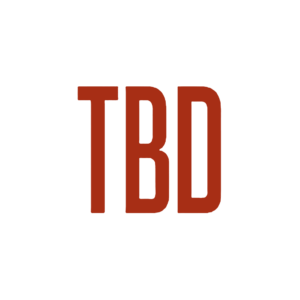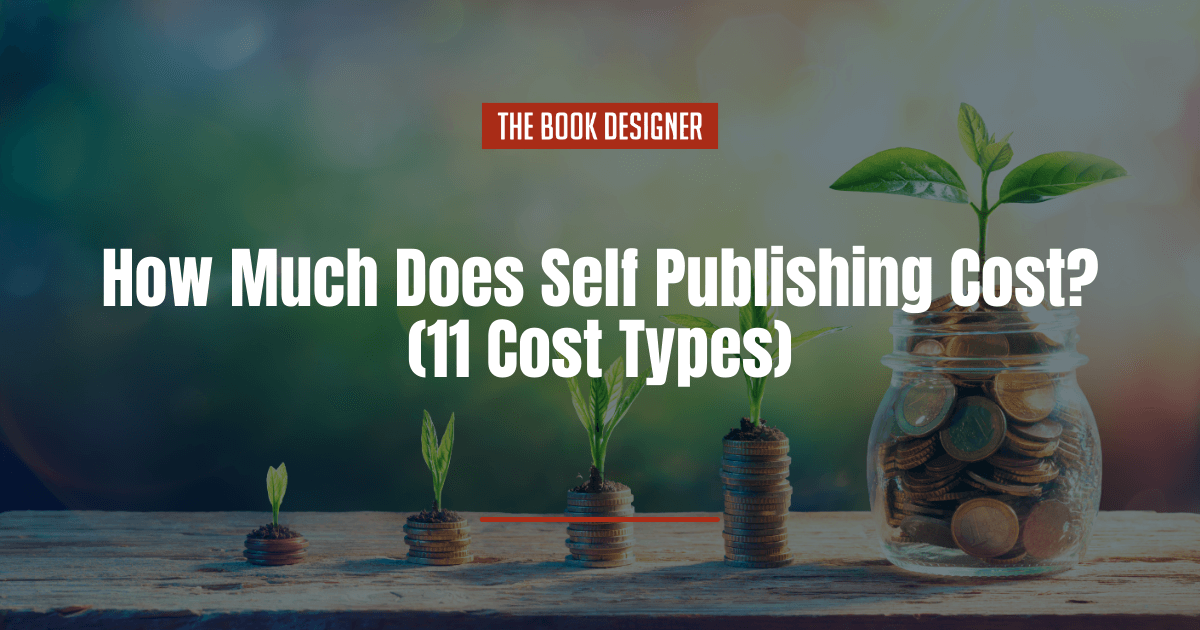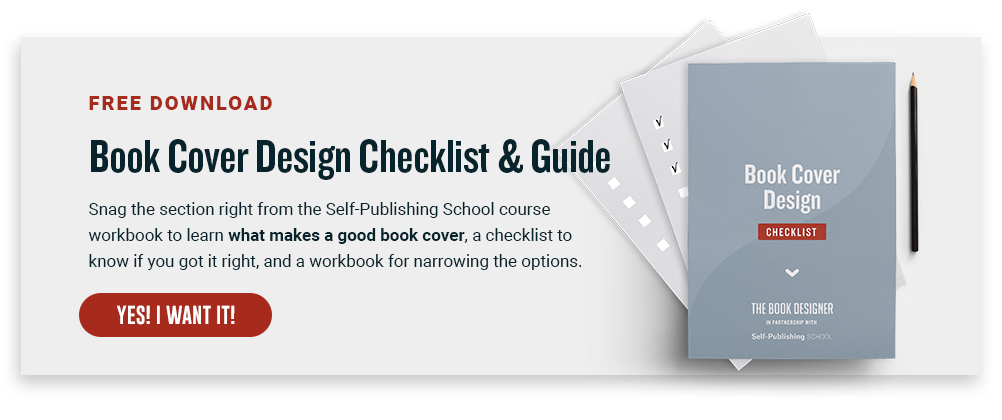How much does self publishing cost?
Something new writers who plan to self publish don’t often think about before they start writing a book is how much it costs to self publish a book. After all, it costs nothing (except their time) to write it and putting it on Amazon is free. Well, if that’s what you’re counting on, I have news that may surprise you.
How much you spend on publishing a book depends on how much you are willing to invest in its quality. Quality sells and, in most cases, quality costs money. If you go cheap, you run the risk of ending up with a book that looks unprofessional and doesn’t sell well.
Here is a breakdown of the cost of goods and services you will likely incur to self publish a 200-page book (or about 60,000 words).
Here’s what you need to know about self publishing costs in 2024:
1. Editing
There is substantial work involved when it comes to shaping a manuscript into a market-ready book, and one of the most important aspects of this process is in the editing. While there is a certain amount of self-editing you can and should do yourself, a professional editor will help you make your work accurate, clear, credible, and marketable—comparable to traditionally published books.
There are arguably five different levels of editing:
- manuscript assessment
- developmental editing
- line editing
- copy editing
- proofreading
I say arguably because there appear to be no industry standards for what is included in each of these categories. Talk to one publisher, and he’ll list ten different things his line editors look for in a manuscript. Talk to another and she’ll list six of the same things and add three of her own.
What Impacts Editing Costs?
The cost ranges vary widely depending on the skill level of the editor and the condition of the manuscript.
Newer editors may offer lower pricing, and sometimes this can be a good value. But be sure to look into their background and see if they have references available for you to check with.
More experienced editors likely charge higher prices, but they may also be faster and more thorough than a new editor. And they may have additional industry experience that can give them better insights into how to make your book more successful.
On the manuscript side of things, if you send an editor a rough draft of the book you want to self publish, editing is going to be more expensive. If you take the time to self-edit and even use a few beta readers, you’ll find that your editing costs go down. Even developmental editors who aren’t being paid to correct your grammatical errors or typos will be slowed down with a manuscript that isn’t at least somewhat polished.
The level of editing also impacts the cost. Manuscript assessments and developmental editing happen early on in the process. Line editing, copyediting, and proofreading happen later on.
Following are what I most often see differentiating the levels of editing and their associated costs.
Manuscript Assessment ($600–$3,000)
This is the most basic level of editing—the big-picture evaluation of a manuscript where a content editor points out the strengths and weaknesses of the manuscript, usually in a multipage report. The elements assessed may include all or some of the following.
- Story line
- Character development
- Setting
- Narrative flow and style
- Plot structure/scene development
- Point of view
- Organization
- Pacing
- Format
- Suitability for intended audience and marketability
- Accuracy of facts
- Clarity
- Tone
- Voice
- Dialogue
- Book title and chapter titles
Developmental Editing ($3,600–$6,000)
A developmental editor provides fixes or suggested fixes for the manuscript (chapter by chapter, paragraph by paragraph, scene by scene) that will correct the deficiencies identified in the assessment. This intensive edit is ideal for writers who have been made aware there are problems with their work but don’t know how to fix them.
Line Editing ($1,800–$4,800)
A line editor analyzes and then polishes each sentence with respect to clarity and style. Some or all the following elements may be taken into consideration.
- Sentence and paragraph structure and flow
- Syntax
- Clarity
- Repetitiveness
- Transitions
- Paragraph breaks
- Vocabulary level
- Use of clichés and undesirable verbal tics
- Diction
- Grammar
- Punctuation
- Spelling
Copy Editing ($600–$3,000)
Copy editing focuses on technical errors, including the following.
- Subject-verb agreement
- Verb tense
- Diction
- Grammar
- Spelling
- Punctuation
Proofreading ($600–$1,800)
The proofreader does a final check of the manuscript before it gets published and is responsible for correcting any remaining technical errors (primarily spelling, punctuation, typographical, and formatting).
2. Cover Design
The good news for self publishers is there are book cover designs available for just about any budget—you can pick up a decent pre-made, full-color cover for $50 or have one designed that will compete with books published by Penguin, Harper Collins, and Random House for up to $1,200 (or more).
What impacts book cover design costs?
There are a few things that can impact the cost of your cover design. First of all is how experienced your designer is. A designer who’s been creating covers for 20 years is almost certainly going to be more expensive than someone fresh out of school. The same goes for designers who have created covers for best-sellers vs those who have created covers for less-known books.
How complex your design is also has a big impact on the cost. If you’re happy with a cover that uses a stock photo, then your costs will likely be way lower. However, if your cover requires custom artwork (digital or otherwise), the costs will go up. The number of revisions you need done also impact the price. Most designers will include a round or two of revisions in their initial price, but if you go beyond that you’ll probably face additional charges.
Another impact on price that many authors don’t consider is the format of your book. If you’re only publishing in ebook format, the cost will be quite a bit lower since only the front cover needs to be designed. But if you’re creating paperback or hardcover versions (especially if that hardcover has a dust jacket), you’ll pay more due to needing designs for the book’s spine and back cover, too.
Here are typical price ranges for different types of covers:
- Pre-made: $50–$100
- Designed using stock photographs: $125–$400
- Custom designed: $500–$1,200+
3. Formatting
If they have the expertise, writers can obviously format their book themselves. It’s not that complicated and there are plenty of tutorials out there. This is especially true if you’ve written a book with a fairly straightforward layout (think novel or memoir in particular).
But there are so many things that can go wrong in book formatting that I think it pays to have a professional do it, or at the very least it’s worth investing in professional-quality tools like Atticus or Vellum for formatting.
There are differing processes and requirements for formatting books in paper and ebook formats—the formatting that looks good in print isn’t necessarily the best or easiest to read for Kindle readers, for example. If you can take the time to learn proper formatting techniques and use software specifically designed for formatting books, you can do this for less than a couple hundred dollars.
What Impacts Book Formatting Costs?
There are two big factors that will determine the cost to format your book: the length of your manuscript and how graphically complex it is. A 60,000 word novel with no images or special formatting will be significantly less expensive to format than a nonfiction book that has multiple sidebars, tables, charts, and graphics throughout the text.
4. Printing
There are numerous places where you can have your book printed. Prices vary slightly between print on demand companies. Amazon KDP print on demand, for example, will cost roughly $3.40 for a 200 page black and white book. IngramSpark comes in at $4.08 for the same size book.
If you want to have over a thousand copies of your book printed (for a big trade event or book tour, for example), then it may be cheaper to work with a local printing company for an offset print run. But in general, unless you have a very clear distribution plan for selling all of those books, you want to stick with print on demand services.
What Impacts Book Printing Costs?
This one is pretty straightforward. There are two main things that determine how much it costs to print your book: the length and whether it has black and white or color interior pages.
Longer books are more expensive to print, though the differences are often minimal between, say, a 200-page book and a 300-page book (with Amazon the difference would be $1.20 per copy).
Color interior pages can drastically increase the cost, though. A 200-page black and white interior paperback printed through Amazon will cost $3.40 per book. The same book with a color interior will cost $14 to print! If you’re going to publish in color, be sure that:
- Your potential readers will be willing to pay more for a full-color book
- The type of book you’re publishing absolutely demands color printing (for example, a coffee-table book filled with photos)
5. ISBN
The International Standard Book Number (ISBN) is a thirteen-digit number that identifies the registrant as well as:
- the specific title
- edition
- format of the book
It is essentially a product identifier used by:
- publishers
- booksellers
- libraries
- Internet retailers
- other supply-chain participants for ordering, listing, sales records, and stock control purposes.
ISBNs may be purchased from an affiliate of the International ISBN Agency, such as Bowker, for $125 if you purchase a single one and $295 if you purchase ten. They are required only if you want your book available in libraries, bookstores, and other retailers.
If you’re publishing your book through Amazon, you can opt to use one of their free ISBNs, but be sure to check their terms and conditions before committing.
Editor’s note: The ISBN price mentioned above is for US ISBNs. Cost and where to purchase ISBNs varies country to country. If you are not in the US and plan to publish, please find your country here and contact that agency for information specific to your country.
6. Distribution
Today, more than half of all book sales (regardless of format) take place online, and self-published authors have the same access to online retail distribution as the major publishers and without many up-front costs.
If you choose to sell your book on Amazon—the number one retailer of books in both print and digital formats—there is no cost involved in the distribution of your books. Or you can choose to work with any number of distribution services for a nominal fee or percentage of your profits. For example, IngramSpark charges a $49-per-title setup fee for print books (although they regularly run promotions where they’ll do setup for free), and then wholesale distribution is free.
7. Paid Promotion and Advertising
In most cases, self-published authors have limited money to spend on promoting their books. But free promotional opportunities go only so far in helping your book gain the exposure it needs to become profitable.
There are a number of ways to promote your book, and how much you’re willing to spend each month is entirely up to you. There are successful self published authors who have relied on free publicity from book bloggers, podcasts, and social media who have done quite well. Others have spent money on paid advertising, sponsorships, or putting together events to draw in readers.
Amazon ads are often a good place to start if you want to try out paid promotion. Be sure to track how much you’re spending vs how many books are selling because of those ads. If you’re spending more on ads than you’re making on sales, then advertising might not be the right medium for promoting your book.
Expenses All Authors Encounter
While the above expenses are generally only encountered by self-published authors, there are other expenses that authors will bear the cost of whether they self publish or go with a traditional publisher.
8. Education
One can learn a lot about writing and the publishing industry for free, but there will be times when you will want to take a class or attend a webinar that isn’t free. Publishing and self publishing costs in this category vary widely, from free webinars to thousands of dollars for professional-level courses and seminars. There are also mastermind groups, online courses, and other opportunities for education, which can range from less than $100 to well over $1,000, depending on the quality of the offering and who’s leading it.
9. Reference Materials, Dues, and Subscriptions
Self publishing costs vary in this category depending on your needs. You may opt to do all of these things or none of them. Included in this category are:
- how-to books
- software licenses
- website domain fees
- online subscriptions
- trade journals
- writing association dues
Shop around for all of these things to find the best deals and value for your money. How-to books can be purchased new or you can find used copies (or borrow them from your library and take notes). Software licenses often have educational discounts, so if you or someone in your household is a student, take advantage of that! Online subscriptions are often cheaper if you pay annually instead of monthly. And some web hosts will give you a free domain name if you pay annually (though make sure that you actually own your domain name in these instances and can transfer to a different host and registrar if you decide to in the future).
10. Office Supplies and Equipment
Don’t forget to budget for things like business cards, mailing envelopes, printer ink, and anything else you might need in the way of office supplies. If you need to purchase computer equipment specifically for the purpose of writing books, include the associated cost in your budget as well as the cost to maintain them.
11. Postage
You will probably send out copies of your printed book to friends, family, and reviewers. Depending on the number of books sent and their destinations, this cost will vary. One way to save money in this area is to use media mail, which takes a lot longer to receive but is also significantly less expensive.
How much does self publishing cost? A summary
So, let’s recap. You can expect the following self publishing costs to publish a 200-page (60,000-word) black and white book with a full-color front and back cover:
Editing—As little as $600 if your manuscript is in excellent shape and all you need is minimal proofreading. As much as $18,000 if your manuscript has multiple issues, and you engage services from experienced editors for all five levels of editing.
Cover design—As little as $50 for a pre-made, fully-illustrated cover. As much as $1,200 (or more) for a completely custom cover design.
Formatting—Free if you do it yourself with software you already own. Professional packages start at around $200 for print and ebook formatting and go up from there. Software like Atticus and Vellum range from $150–$250.
Printing—Paying $3.50–4 a copy for a 200-page printed book is standard.
ISBN—As little as $29.50 each if you purchase ten. As much as $125 if you purchase a single one.
Distribution—Most print on demand suppliers offer expanded distribution for free now, though you may pay upwards of $50 depending on the service provider.
Promotion & advertising—As little or as much as you want to invest in getting exposure for your book.
Education—The national range for a single community college class is $135 – $750. Paid webinars usually start at $50.
Reference materials—This cost will vary depending on individual needs. Consider how-to books, software licenses, website domain fees, online subscriptions, trade journals, and writing association dues.
Office supplies & equipment—This cost will vary depending on individual needs. Consider business cards, mailing envelopes, printer ink, and computer equipment.
Postage—Consider the cost to send copies of your book to friends, family, and reviewers.
One thing to remember about virtually all of these self-publishing costs is that you’re running a business. And that means that as long as you keep meticulous records of what you’re spending and earning, most of these expenses can be used as tax deductions at the end of the year (of course, consult with a tax professional or accountant to be clear on what can and can’t be deducted).
As in other aspects of our lives—personal and business—having a budget in place before the spending begins is a wise thing to do to keep on a good financial track. Expenses required to write, publish, and promote books can get out of hand quickly if not properly managed, so it’s beneficial to take time early in the process to prepare a budget.
Editor’s note: This article was originally written by Florence Osmund and has been updated and rewritten by The Book Designer editorial team.




